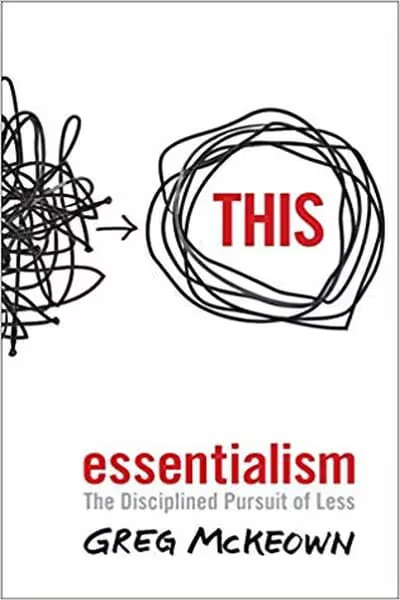The News
The news is everywhere. We can’t stop constantly checking it on our computer screens, but what is this doing to our minds?
We are never really taught how to make sense of the torrent of news we face every day, writes Alain de Botton (author of the best-selling The Architecture of Happiness), but this has a huge impact on our sense of what matters and of how we should lead our lives. In his dazzling new book, de Botton takes twenty-five archetypal news stories—including an airplane crash, a murder, a celebrity interview and a political scandal—and submits them to unusually intense analysis with a view to helping us navigate our news-soaked age. He raises such questions as Why are disaster stories often so uplifting? What makes the love lives of celebrities so interesting? Why do we enjoy watching politicians being brought down? Why are upheavals in far-off lands often so boring?
In The News: A User’s Manual, de Botton has written the ultimate guide for our frenzied era, certain to bring calm, understanding and a measure of sanity to our daily (perhaps even hourly) interactions with the news machine.
Our capacity for calm ultimately depends on our levels of expectation: if we suppose that most things normally turn out to be slightly disappointing (but that this is OK); that change occurs slowly (but that life is long); that most people are neither terribly good nor very wicked (and this includes us); that humanity has faced crisis after crisis (yet muddled through) – if we are able to keep these entirely obvious but highly fugitive thoughts alive in our minds, then we stand to be less easily seduced into panic.























































